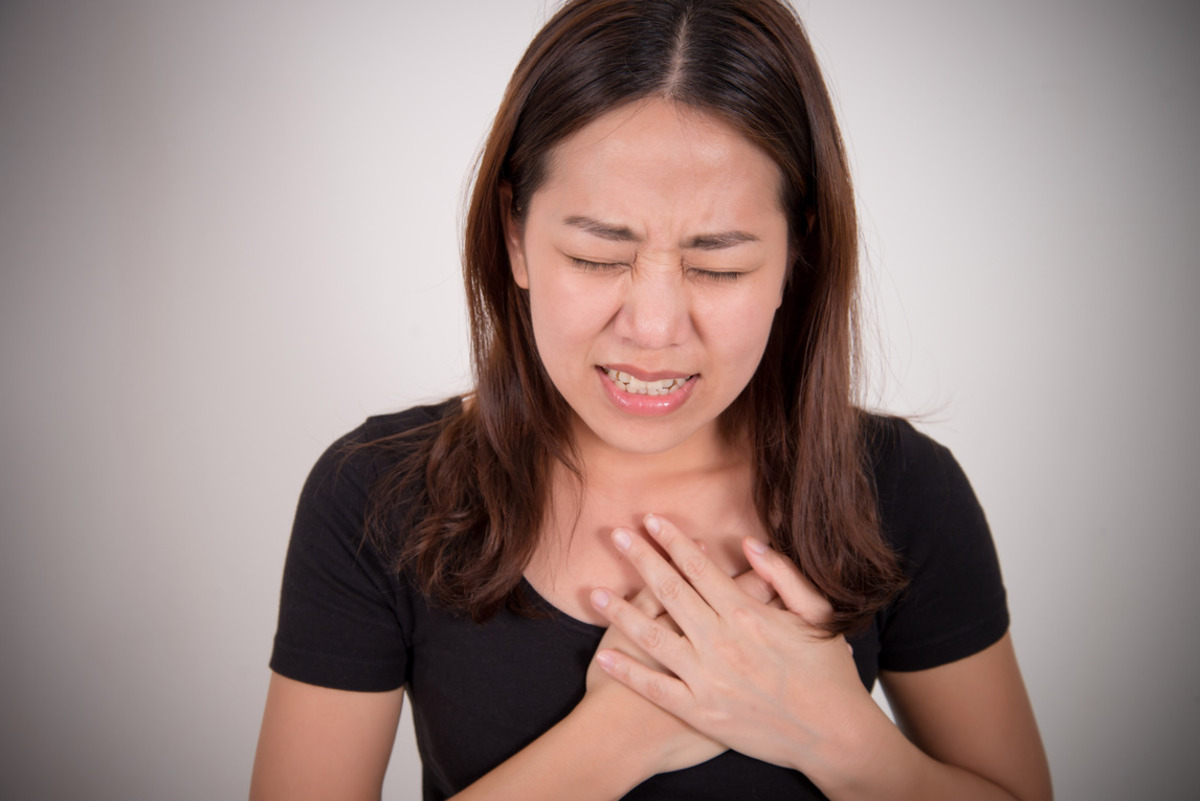A stroke is a medical condition in which blood flow to the brain stops. This can be the result of a clot in a blood vessel that stops blood from flowing to the brain, or a burst blood vessel that stops the brain from receiving enough blood.
Because a stroke involves the most important part of your body, it’s no surprise that it is uniquely deadly, responsible for an estimated 10 percent of worldwide deaths. Even in developed countries like the United States, it’s estimated that five percent of deaths are caused by stroke. In addition, stroke can leave lasting, sometimes permanent, damage to those afflicted.

What are these conditions, anyway?
It's hard to understand how hypertension and atrial fibrillation can put you at risk of stroke. With so many medical conditions to keep track of as you age, you can, unfortunately, miss vital ones like atrial fibrillation; or even if you’re heard of them, don’t understand how they work.
Stroke
A stroke occurs when blood that is normally sent to a part of the brain can no longer reach it. This is extremely dangerous, as the brain becomes unable to receive certain vital nutrients and oxygen. If it lasts more than a few seconds, lasting damage is possible as brain cells start dying from lack of upkeep.
There are two different types of strokes, ischemic strokes and hemorrhagic strokes. To put it simply, ischemic strokes are when a blood clot blocks a blood vessel leading to the brain. Ischemic stroke accounts for over 80 percent of all strokes. Hemorrhagic strokes happen when a blood vessel in the brain becomes weakened and bursts, leaking blood into the brain.
Atrial fibrillation
Atrial fibrillation is a type of arrhythmia or abnormal heartbeat. It happens when the electrical signals controlling your heart no longer function properly, causing your heart to beat much faster than normal. Although it usually doesn’t cause any life-threatening symptoms and can even be asymptomatic, it can present an increased risk of stroke and other types of blood clots.
Hypertension
Blood pressure measures the pressure put on the sides of your arteries as blood passes through them. Hypertension is when the pressure is elevated beyond normal. This is considered dangerous because it not only increases the risk of stroke but also the risk of other medical conditions like heart disease and kidney failure. As you get older, your arteries get stiffer and your risk of hypertension increases.
How are they related?
All of these conditions are involve abnormalities of blood flow, but how exactly are they related? For one, one study found that 60 to 80 percent of patients with atrial fibrillation also had hypertension. Patients with hypertension have a 1.7 times the risk of developing atrial fibrillation as well, with one in six cases of atrial fibrillation being caused by hypertension. Not to mention the fact that some consequences of hypertension are also their own risk factors for atrial fibrillation. In short, these two conditions are themselves strongly correlated.
As mentioned before, atrial fibrillation and hypertension are also risk factors for stroke. Atrial fibrillation alone can increase the risk of ischemic stroke by four to five times. This is because the increase in heart rate causes the heart to pump blood ineffectively, and blood can start pooling in the heart. This can result in blood clots, sometimes to blood vessels leading to the brain. Hypertension is also a huge risk factor for strokes. In one study, patients were given antihypertensive drugs, and it reduced their risk of stroke by 32 percent. In one Harvard study, hypertension more than tripled a men's risk of stroke. The extra pressure on the blood vessel walls can damage them which causes an increase of strokes of both types.
How can I reduce my risk of stroke?
There are a few good ways to naturally reduce your risk of stroke without medications. The first is diet. It’s best not to eat too much sodium or animal fat, but to increase the amount of vegetables and whole grains in your diet. Exercise and weight control are also very important. Exercise and weight control can reduce your blood pressure a great deal, and therefore lower your risk of stroke. Lastly, reducing your stress levels plays a key role. This can be difficult, but when it comes to health it may very well be worth it, especially as one grows older.
What treatments are used for strokes?
Once someone has a stroke, they need to be taken to the hospital as soon as possible. The treatment, such as removing the blood clot if there is one, needs to be carried out within a few hours for the best outcome. After that, blood thinners, surgery, or medicines to control blood pressure and other risk factors may be administered. These medications can also help treat hypertension, and blood thinners are often used to treat atrial fibrillation because they help reduce clots. As always, it's best to trust your doctor as to what is best for you and follow their instructions carefully. Going in for regular checkups with the doctor can also help you get a better grasp on your risk of stroke.
- Photo courtesy of SteadyHealth
- www.ahajournals.org/doi/full/10.1161/HYPERTENSIONAHA.117.08934
- www.ahajournals.org/doi/full/10.1161/circresaha.117.311402
- www.cdc.gov/stroke/facts.htm
- www.who.int/healthinfo/global_burden_disease/estimates/en/
- medlineplus.gov/ency/article/000726.htm
- medlineplus.gov/ency/article/000468.htm
- medlineplus.gov/ency/article/000184.htm


Your thoughts on this